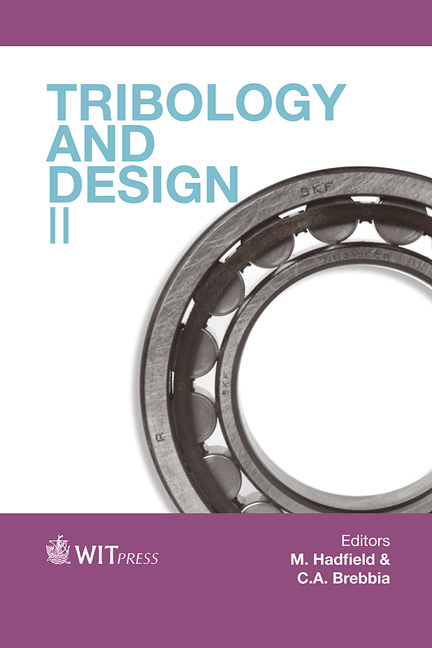Formation Of A Dense Carbon Film By Cathodic Reduction Of CO3 2- Ions In A Molten Salt
Price
Free (open access)
Transaction
Volume
76
Pages
10
Page Range
139 - 148
Published
2012
Size
1,016 kb
Paper DOI
10.2495/TD120121
Copyright
WIT Press
Author(s)
A. Yukawa, H. Kurooka, K. Tanaka, T. Katayama , S. Ohata, H. Tsujimura & Y. Ito
Abstract
In order to meet the needs of the time to form a hard and smooth surface on various materials, novel carbon coating methods for applying a molten salt electrochemical process (MSEP) are currently being developed by the authors. This paper describes the interesting results obtained during a series of experiments on the formation of carbon film by the cathodic reduction of CO3 2- ions in molten salt. The experiments were conducted under various different electrolysis conditions, such as concentration of CO3 2- ions, temperature of the melt and the mode of applied electrolytic current and potential. Carbon films with excellent adhesive property were obtained by PR (periodically reversed) electrolysis method comparing with the film obtained by the other electrolysis method (potentiostatic electrolysis and constant current pulse electrolysis). A two-layered structure of carbon film was identified. The outer part layer of about 1 μm thickness was composed of weakly aggregated carbon particles and the inner part layer of about 0.6 μm thickness was composed of fine and strongly aggregated carbon particles. Keywords: cathodic reduction, carbonate ion, carbon-coated layer, molten salt electrochemical process, pulse and PR electrolysis.
Keywords
cathodic reduction, carbonate ion, carbon-coated layer, molten salt electrochemical process, pulse and PR electrolysis





